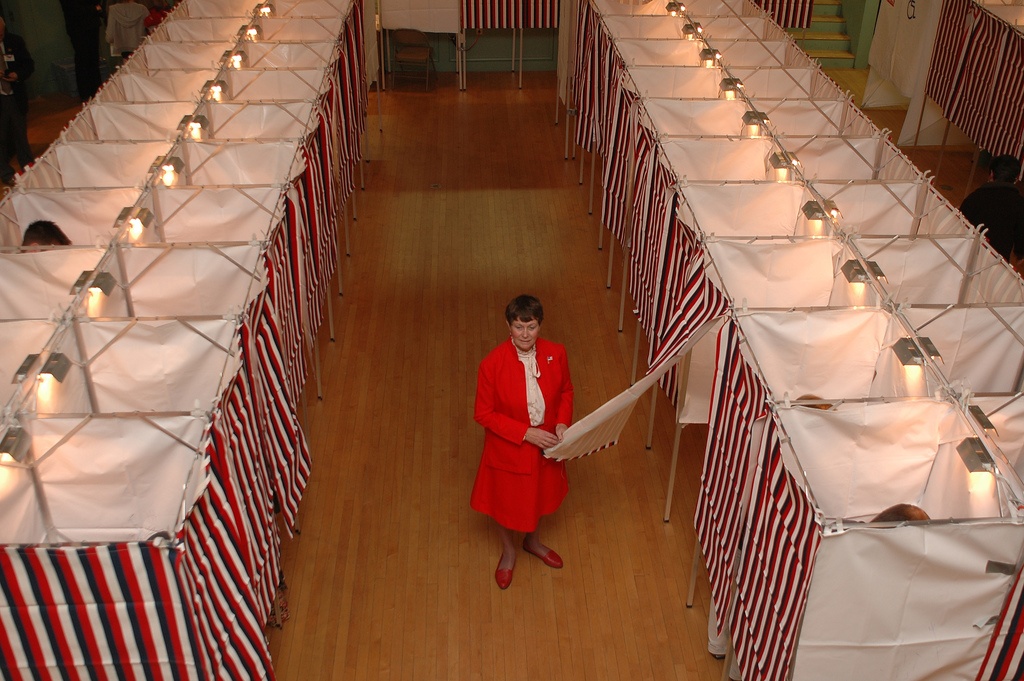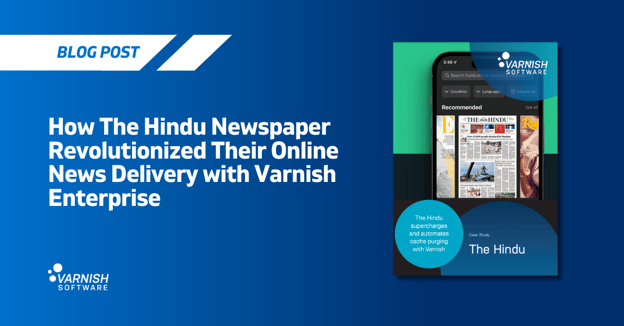The US election season is fully underway with the first-out-of-the-gate events behind us.
What we’ve seen so far
- It’s not over until it’s over — the results are unpredictable.
- Public interest, though, is predictably high, and many major media sites are not coping well with the demand to their websites. This is fixable.
Where are we now? Iowa kicks off with raucous caucus
Iowa launched the first step of the US presidential election primary process - the vaunted Iowa caucus*. It turned out to be a raucous affair with close calls and upsets in both political parties. For Republicans, all the bluster in the world couldn’t guarantee frontrunner Donald Trump a victory. Instead, Ted Cruz swept in and took the lead. In a field of almost too-many-to-count candidates on the Republican ballot, it’s still too early to tell what will happen as the primaries play out. Either way, we noticed that neither Ted nor The Donald use Varnish on their campaign sites.
On the Democratic side, the two leaders, Hillary Clinton and Bernie Sanders, garnered 99.6 percent of the total vote (driving out their only remaining competitor, Martin O’Malley — the only one among the three who wasn’t using Varnish to power his site). Clinton and Sanders basically split the caucus delegates and tied in a statistical dead-heat once all the votes were counted.
New Hampshire, like Varnish, challenges the establishment
The New Hampshire primary election delivered completely different results. Donald Trump led the pack of Republican candidates by a considerable margin, while Iowa’s second and third-place finishers were nowhere near as successful. And Ohio governor John Kasich emerged seemingly from nowhere (see what we mean about unpredictable?) to take second place.
Democrat Bernie Sanders got 60 percent of the votes compared to Hillary Clinton’s 38 percent - a massive victory for the Sanders campaign.
And now, the candidates who remain in the race (several Republican candidates have suspended their campaigns after disappointing results in the first two contests) head to demographically diverse South Carolina and Nevada. It’s anyone’s guess who comes out on top in the polls - and who will remain in the race once the primary season hits “Super Tuesday” on Tuesday, March 1, when a large swathe of US states hold their own primaries and caucuses.
Ensuring candidate website performance
While candidate performance is very political, the candidates’ websites and website performance is not so political and comes down to how well an array of different, cooperating technologies work together. In this, we are pleased to see that the Democratic candidates have chosen the forward looking technology of Varnish Software to power their websites. Being able to provide fast responses to a huge audience is at the very core of any political presidential campaign (candidates use their sites not just as information portals but also as a financial-backing/donation-taking platform, meaning the site can be a real lifeline — particularly in the case of someone like Sanders, for whom the majority of his campaign money comes through small, individual donations).
Regardless of party or ideology, Varnish is the right technology to support these fast-moving campaigns.
Performance anxiety?
With interest piqued to all-time levels, particularly with the colorful cast of characters in the race, it’s not only candidate website performance that is at stake. Media outlets covering election news face the biggest challenges and can benefit from better caching strategies and origin shield to protect their servers and make the most of their infrastructure. As the excitement of the election builds, and candidates say more and more outrageous stuff, every media outlet will want to ensure that they are ready and at the height of their performance powers.
Learn more about scaling up for the stampede!
*Note: what is a caucus - seriously? It’s not like a normal polling station where you go and cast a vote. Check out this great overview video from Vermont Public Radio (using LEGO) to see how the caucus format is extremely participative and completely unlike the orderly and private process of casting a ballot.
Photo (c) nshepard used under Creative Commons license.
/VS-logo-2020-197x60.png?width=136&height=60&name=VS-logo-2020-197x60.png)




